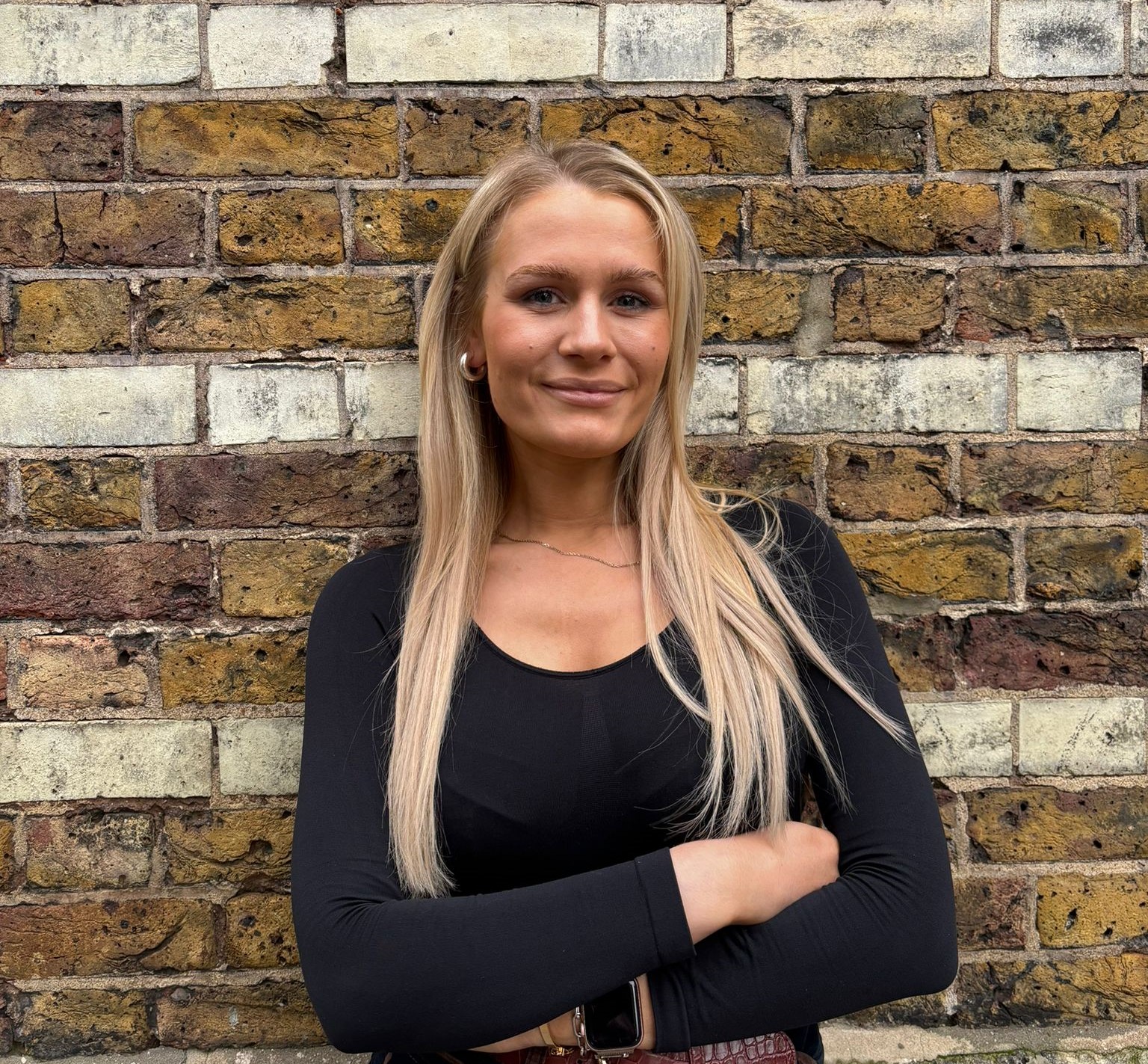Is robotic surgery the answer to the gender health gap?

Research Manager and Head of Health
Last Friday, thanks to Intuitive, I had the pleasure of going to observe a robot assisted hysterectomy surgery at Chelsea and Westminster hospital. I thought the novelty of being able to witness a surgery first-hand, and getting an HD view inside the human body, would have been the major takeaway from the day. But in fact, I left reflecting on much more thought-provoking questions of gender inequity in medicine and how robotic assisted surgery (RAS) can help combat this.
While robots performing surgery sounds like the domain of science fiction, it is not an uncommon practice across the NHS. To be clear, the robots are not autonomous. They are operated by a specially trained surgeon.
They are able to reproduce the hand motions of a surgeon but with greater precision, allowing better-than-human performance. Using smaller instruments increases freedom of movement, and it is minimally invasive as it creates smaller surgical cuts, which in turn leads to fewer complications and improves recovery times. The technology is remarkable. I was able to look into the robotic console and could see directly into the human body, what was happening in the surgery, and all of the tiny tools moving around.
This has a litany of operational and medical benefits. It turns what would have once been open surgery (painful, long recovery times and big scars) to minimally invasive surgery (much less painful, often do not need to stay overnight, keyhole scar). This in turn reduces bed occupancy and improves the patient flow throughout the hospital. It also reduces the amount of staff needed in theatre.
Each of these individual reasons is a compelling justification for the substantial investment involved in buying a robot. However I learned from the surgeon, Dr Jeffrey Ahmed, that one of the most compelling and least talked about selling points of RAS was improving gender equity in access to surgery.
The gender health gap is a well-established concept. It refers to the difference in healthcare outcomes, disease prevalence and access to healthcare between men and women. Indeed, the UK has the largest female health gap in the G20 and the 12th largest globally.
In this vein, gynaecology — a medical field unique to women — has seen the largest increase in elective waiting lists over all the specialisms. It increased by 575 per cent from April 2018 to January 2022, equating to nearly 134,000 more women waiting more than 18 weeks for treatment. Even before the waiting lists developed, crippling gynaecological conditions such as endometriosis had some of the worst diagnosis times in all of medicine, taking on average 6.6 years to diagnose.
Reducing both waiting lists and gender inequity require multiple interventions. Improving research for conditions that only affect women (such as very common gynaecological conditions), changing the culture around diagnosis of women-only conditions, and reducing gender biases in clinical trials, to name a few.
But underpinning all of this is improving access to high-quality treatment for specialist conditions. This is where robotic assisted surgery comes in. Recently, the gynaecology surgical team at Chelsea and Westminster saw a total of 59 patients in one weekend. This included 30 robotic hysterectomies, operating on more than five times the usual number of patients. All the while, more than half of patients having robotic gynaecology surgery at Chelsea and Westminster can go home on the same day.
RAS is especially effective for gynaecology because the most common operations are done with keyhole surgery, so they lend themselves to robotic systems. It was, I observed, a remarkably efficient operation.
Historically, the innovation of surgery has revolutionised gynaecology. Laparoscopy — a surgical procedure that allows a surgeon to examine and treat conditions using a camera and small incisions — gave women significantly more autonomy over their reproductive health in the 1970s. Between 1970 and 1975 uptake of female sterilisations increased from 185,000 to 670,000 procedures per year. These surgical techniques also facilitated the development of IVF.
One thing I learned about the gender health gap from my conversations in the theatre is that the scale of the inequity is wide and deeply ingrained into medical practice. It often requires being an actual medical practitioner to notice some of the subtle but significant clinical nuances that disproportionately disadvantage women. Improving this inequity is thus highly reliant on, for example, the gynaecological surgical community.
So while I was, of course, inspired by the innovation, I could not help feeling most inspired by a surgical community I had no idea existed who are working relentlessly to scale RAS to ensure better equity for women in healthcare.
